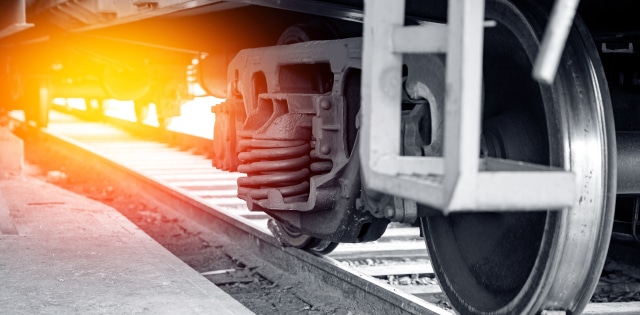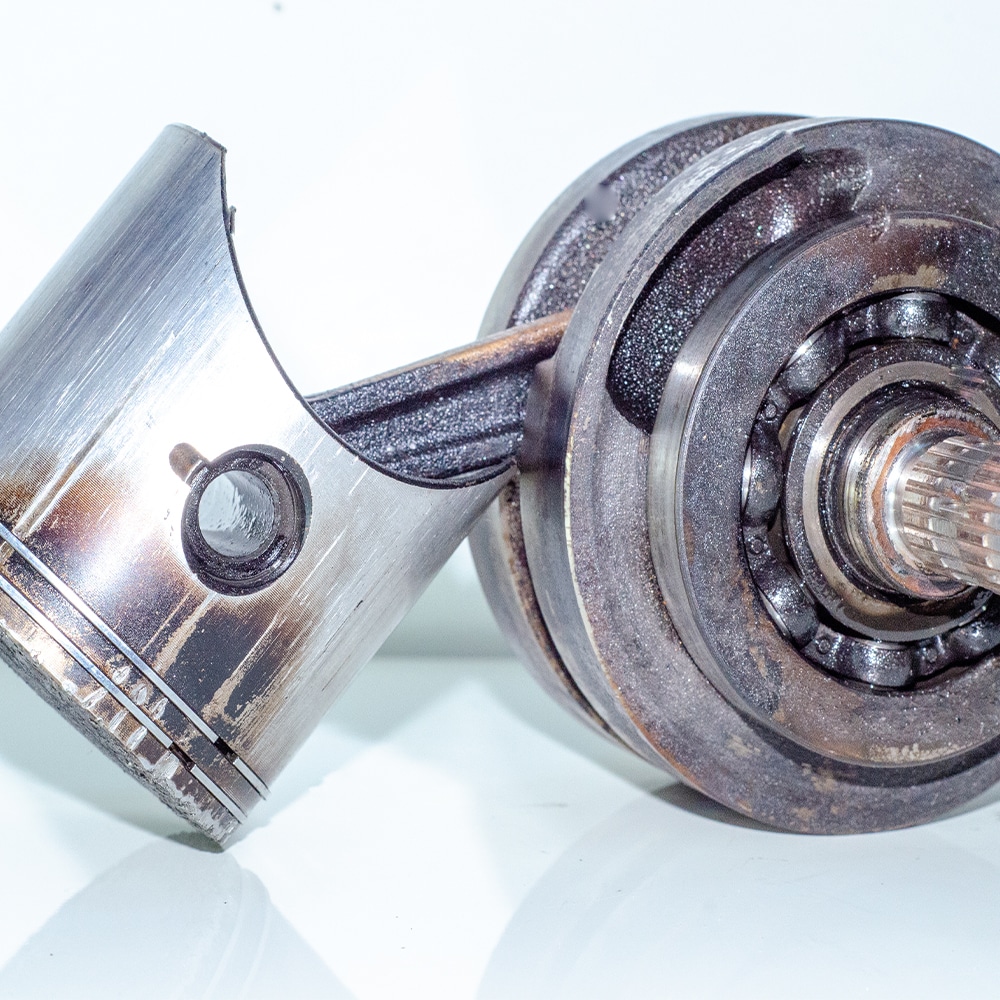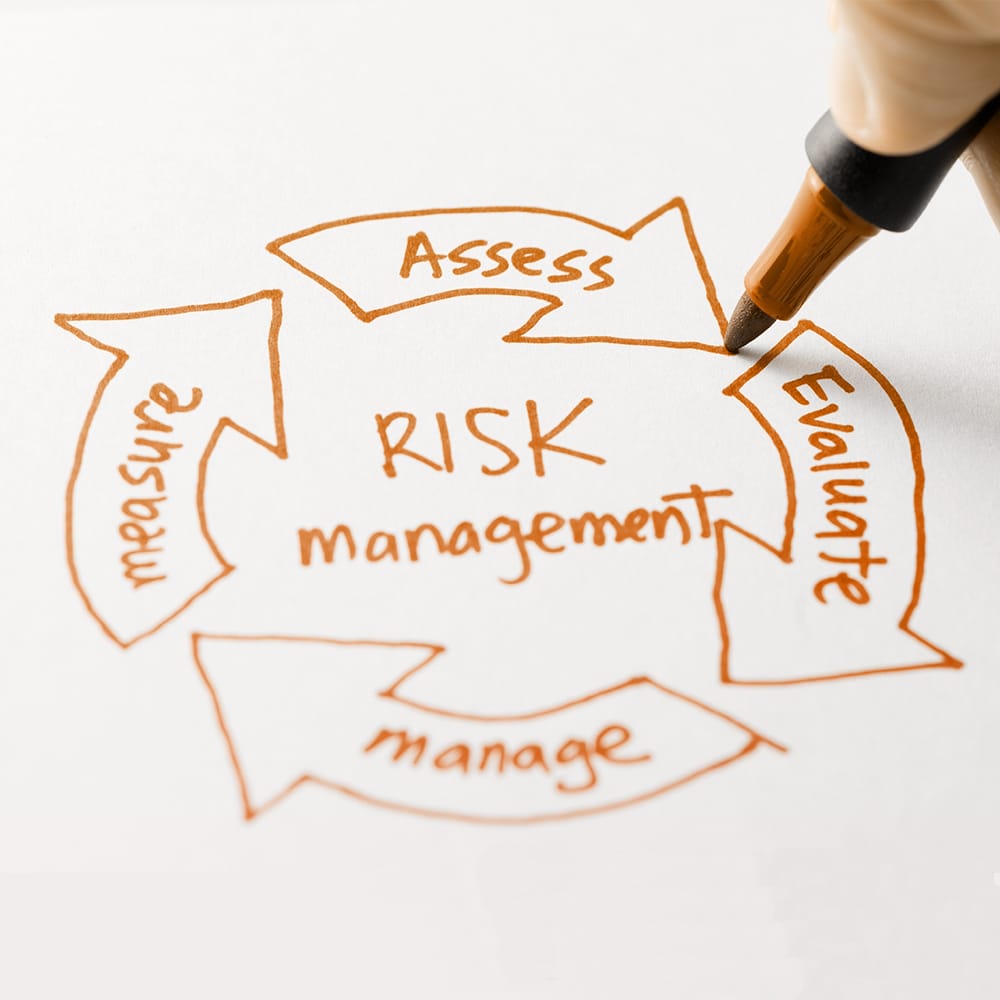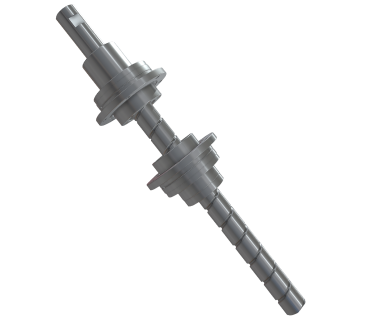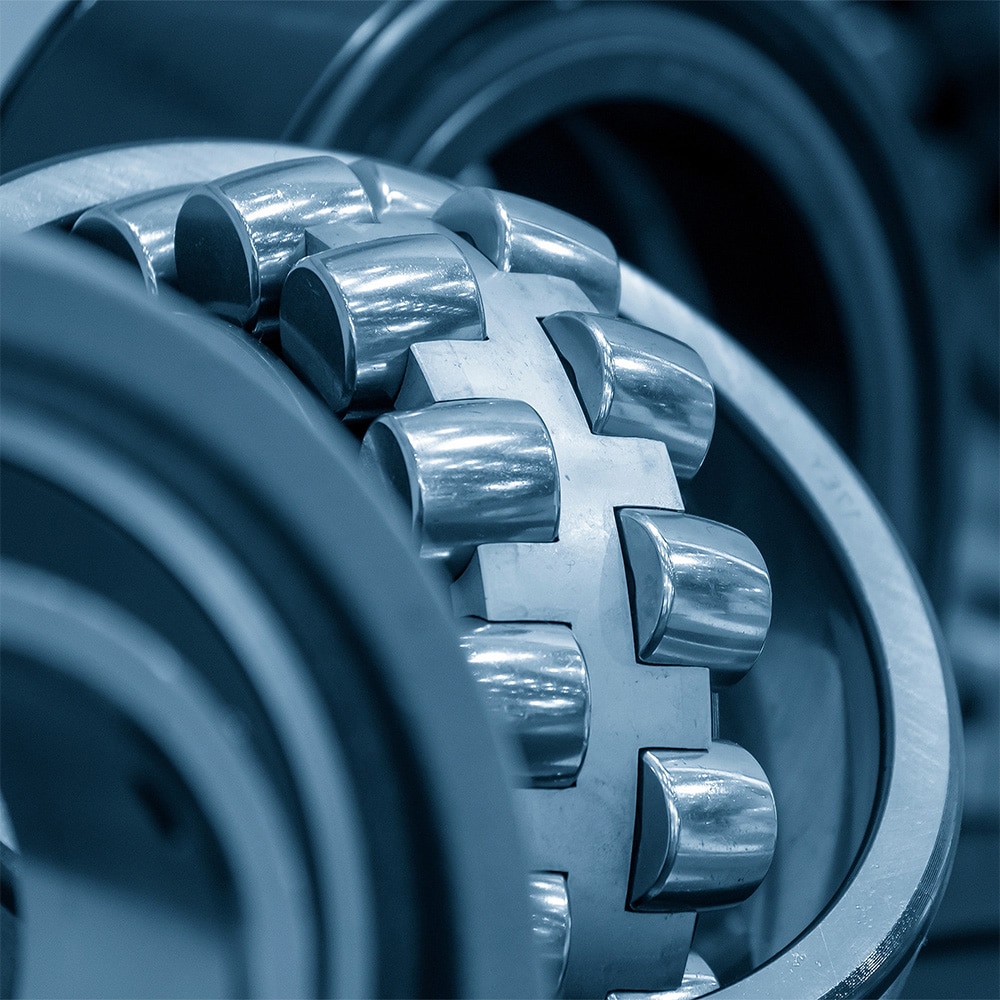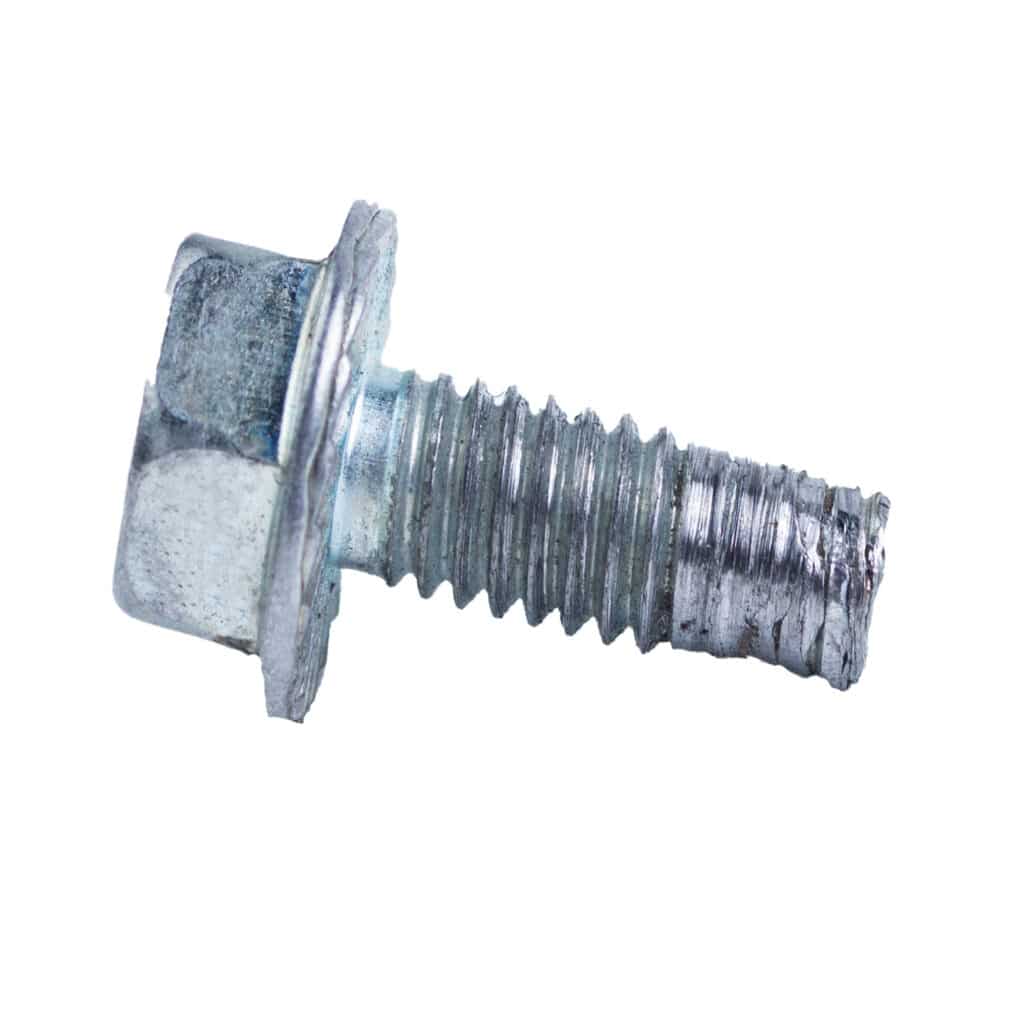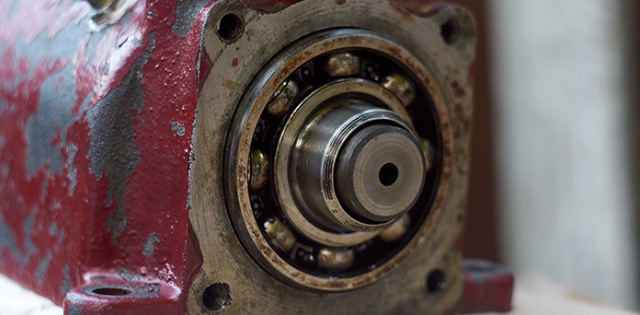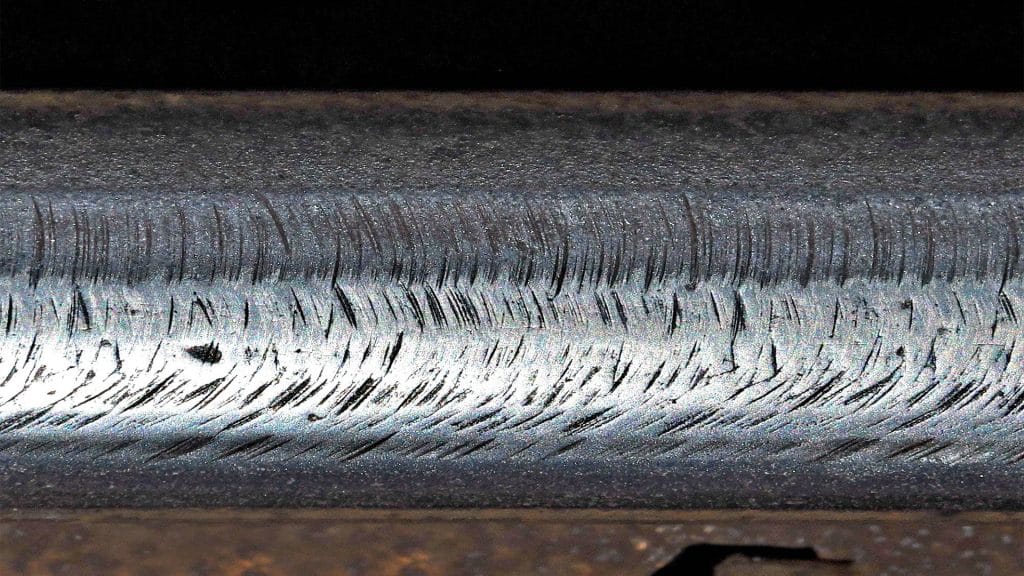Overheated metal often shows visible and structural signs of damage that indicate it has exceeded safe temperature thresholds. Common indicators include:
- Discoloration: Shades of blue, purple, or black on the surface suggest exposure to extreme heat, especially in stainless steels and tool steels.
- Surface Scaling: A flaky or rough oxide layer may appear due to oxidation at elevated temperatures, reducing surface integrity.
- Dimensional Changes: Warping, distortion, or shrinkage can result from thermal expansion and uneven cooling.
- Brittleness or Cracking: Overheated metals often lose ductility and develop fine cracks, especially near welds or heat-affected zones.
- Softening: A loss of hardness can occur, especially in heat-treated steels or hardened alloys, leading to reduced wear and fatigue resistance.
Detecting overheating early is crucial for preventing failure in high-temperature applications such as automotive, nuclear, and aerospace systems. For strategies on protecting parts from thermal damage, visit this Armoloy resource.
